Back to Pneumatics
Setting
When the manufacturing unit, Braun Needle Industries, was added to my already full plate as Group Finance & Administration Director of a company with 2.000 FTEs, not only was I faced with an international and complete recall of all our products, I also inherited 6 brand-new fully electronic German needle assembly machines, where until recently we had only used simple local pneumatic ones. Each machine was rated at 16 million needles a month, a capacity they never reached (we were happy with 12 million). While the old machines had lacked any testing stations, these had all kind, which, in the light of the recall, looked rather prescient. A small drawback however, no indication was given which testing station rejected a particular needle. As a result, whenever we had a high rejection rate – pretty much all the time -, we had to inspect every testing station for false negatives. Unfortunately doing so could actually cause a proper working test station to go awry, especially since in-depth knowledge of these overly electronic machines was severely lacking.
Challenge
Obviously all budgets and also long-term supply agreements, had been based on the rated capacity, additional machines were even planned - but luckily not yet officially ordered - to accommodate future growth.
Being a computer buff, I first tried to solve the problem through IT: if we could capture the internal signals sent by the machine and link them to the relevant testing station, the offending station could be identified quite easily. Unfortunately, the computer cables could not handle the deluge of information and insufficient could be added since, certainly then, the number of ports a computer could open was rather limited. So not only could we not identify the offending testing stations I doubted my staff could identify whether a station was faulty or not.
Next I hired a technician straight from the machine builder in the hope his specific knowledge would help. It did but insufficiently to solve my ever growing backlog.
Solution
It was obvious to me I needed a new approach: a new pneumatic machine that would still have all the testing equipment necessary. Together with my day-to-day Head of Assembly I went on a tour of machine builders and finally came across an American educated (MIT) machine builder in South Korea with whom we both had an immediate click. Convinced I would get him the best deal my Head of Assembly returned to Malaysia and I started my immersion in assembly machines. The machine builder quickly accepted that, although he obviously was the technician, I would be very much involved in the design. We locked ourselves in his offices for a week where I kept asking why every time he would tell me something was impossible. Apart from merely asking why, I also offered solutions; solutions that would generally appal him: they were ugly, or difficult to reach, or increase the size of the machine, or… But he accepted they were solutions, thus forcing him to come up with better ones.
In the end we built a machine:
- at half the cost of my German machines
- with a rated capacity of 20 million
- frequently reaching 24 million
- mostly pneumatic i.e. maintenance was effortless
- having all the test stations
- providing much better handling of the needle itself - easily the most difficult part -
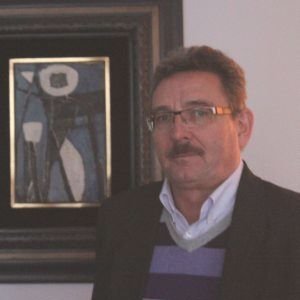
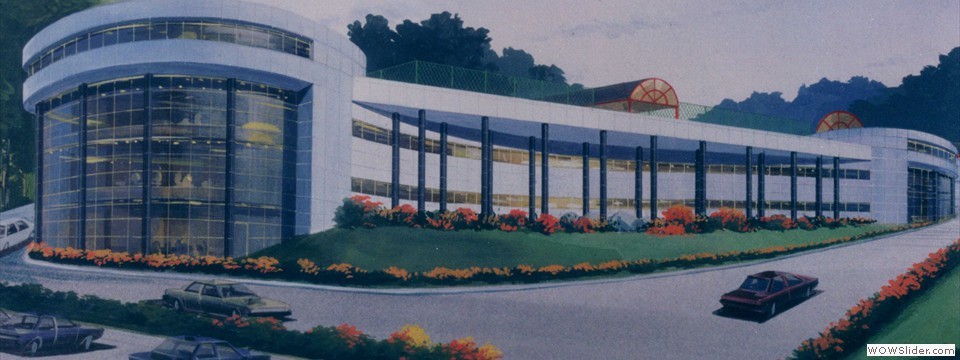
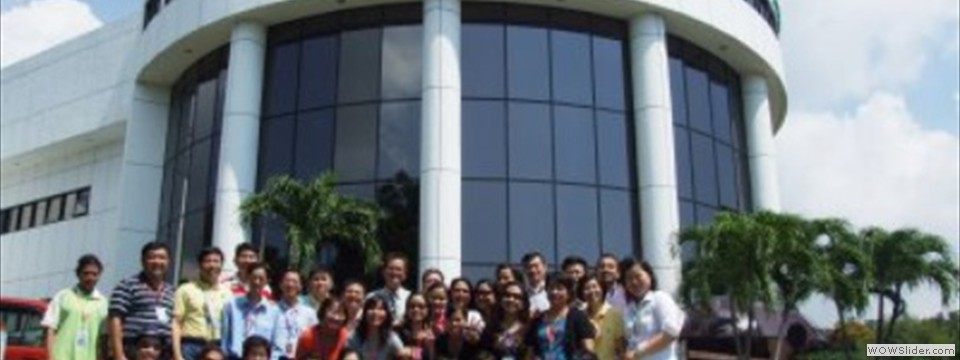


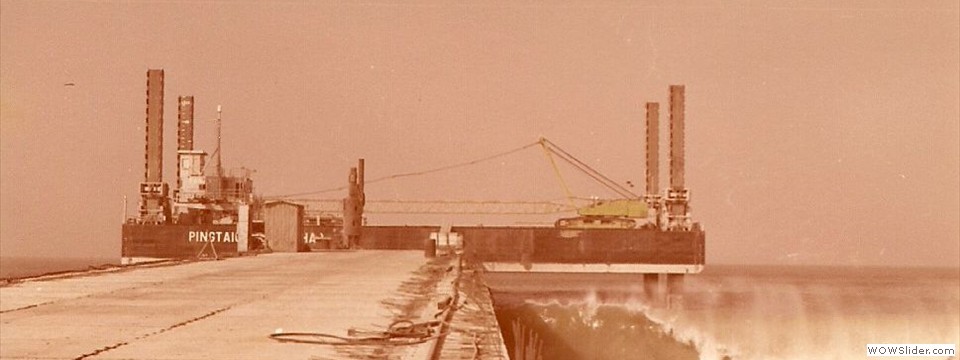




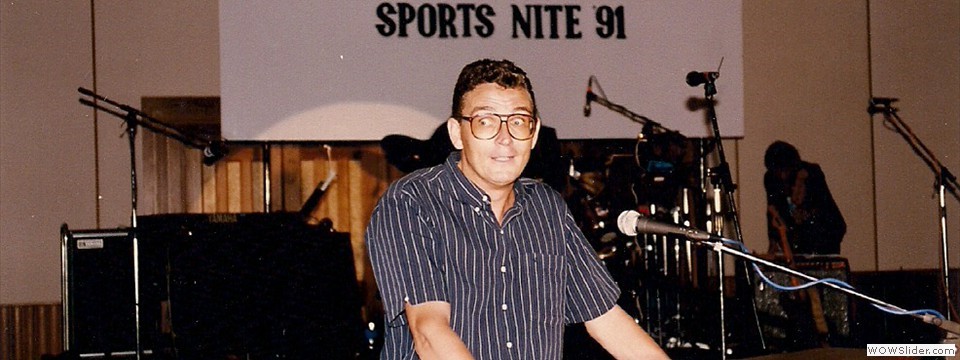
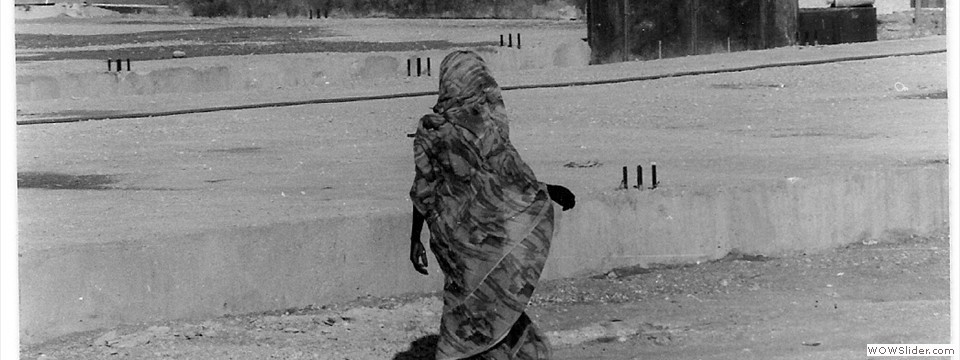
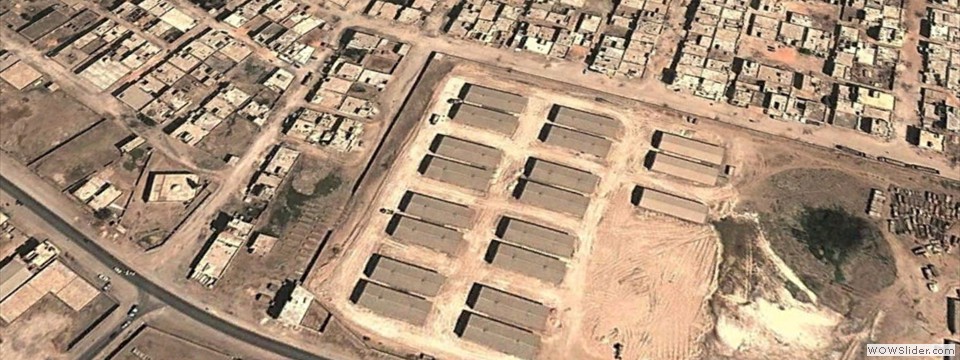
See also: